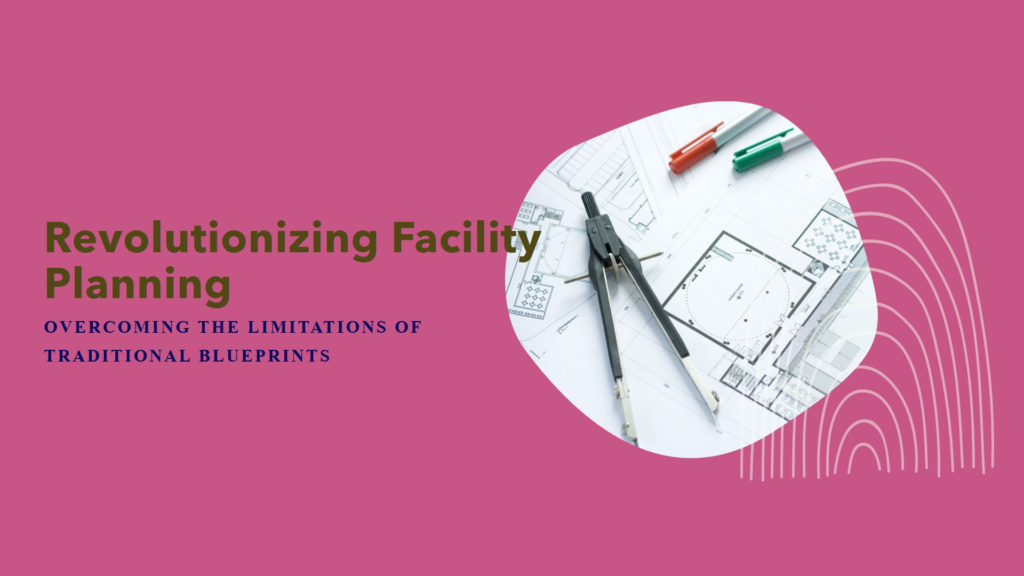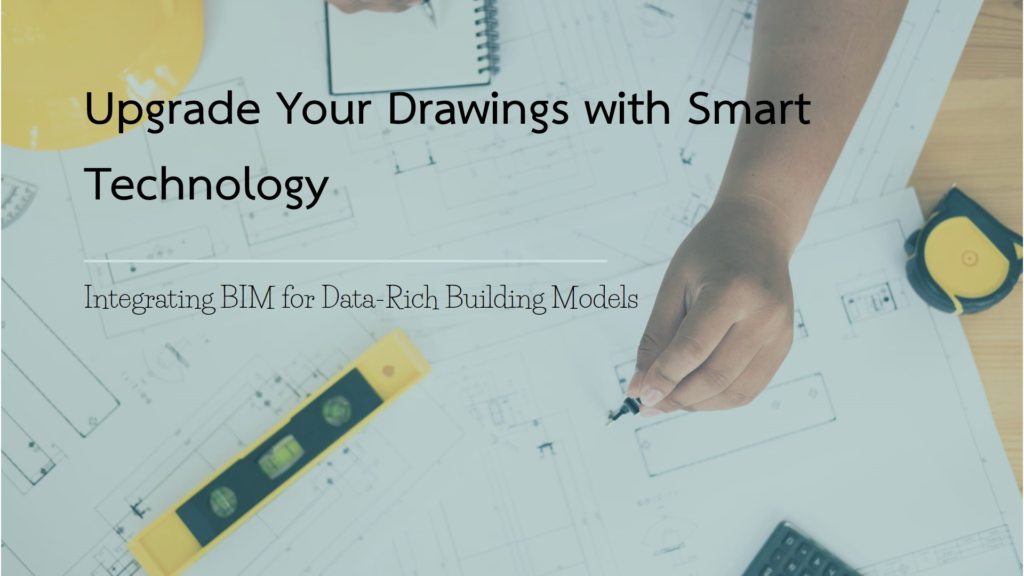
Facility management, the discipline of ensuring a building functions optimally, has undergone a revolution. Gone are the days of rolled-up, bulky blueprints. In their place are our smart drawings, which are digital representations of buildings infused with intelligence that unlock efficiency and insight for facility managers across the US.
The Traditional Blueprint: Limitations and Challenges

Traditional blueprints, while once the cornerstone of facility planning, presented limitations:
- Static Documents: They were fixed representations, making updates laborious and time-consuming. Any change required re-drafting, leading to potential errors and version control issues.
- Information Silos: Blueprints often lack the detail and context needed for informed decision-making. Vital data on equipment, assets, and space utilization remained disconnected.
- Limited Collaboration: Sharing blueprints relied on physical copies or inefficient file-sharing methods, hindering real-time collaboration between stakeholders.
Smart Drawings: The Digital Upgrade

Smart drawings address these challenges by going beyond mere lines and shapes. They integrate the power of BIM (Building Information Modeling) to create data-rich building models. Here’s what they bring to the table:
- Centralized, Dynamic Information: Smart drawings serve as a single source of truth. All facility components, from walls and doors to HVAC systems and electrical assets, are represented digitally with associated data. This data includes specifications, maintenance history, warranties, and real-time sensor readings.
- Contextualized Visualization: Smart drawings can be presented in 2D and 3D formats, clearly visualizing spatial relationships and potential conflicts. This empowers better planning and more efficient use of space.
- Collaboration Made Easy: Cloud-based smart drawings allow architects, engineers, construction teams, and facility managers to work on a shared model. Changes are reflected instantly, avoiding version control confusion and streamlining the project.
Smart Drawings and BIM in Action: Real-World US Applications
- Preventive Maintenance: Smart drawings linked to IoT sensors allow facility managers to monitor real-time equipment performance. This enables them to proactively predict potential breakdowns and schedule maintenance, reducing downtime and costs.
- Energy Optimization: By analyzing energy consumption data overlaid onto smart drawings, areas of inefficiency can be identified. This can inform decisions around retrofitting, lighting upgrades, and HVAC adjustments, leading to significant energy savings.
- Space Planning and Utilization: Smart drawings help visualize occupancy patterns and identify underutilized areas. Managers can then optimize layouts, repurpose spaces, or make informed lease decisions, maximizing the value of their real estate.
- Emergency Response: Smart drawings detailing exit routes, fire protection systems, and critical assets become powerful tools during emergencies. Responders can access essential information quickly for safe and effective action.

The Future of Facility Management
Smart drawings are not just a tool but a shift toward intelligent, data-driven facility management. As technologies like AI and augmented reality mature, smart drawings will become even more sophisticated, enabling:
Automated asset tracking using RFID tags and sensors.
- Virtual walkthroughs and remote inspections.
- Predictive analytics for long-term cost modeling and budgeting.
Facility managers who embrace smart drawings gain a competitive edge. They make better-informed decisions, streamline operations, and create safer, more efficient buildings. If blueprints were the foundation of facility management in the past, smart drawings are the future.


